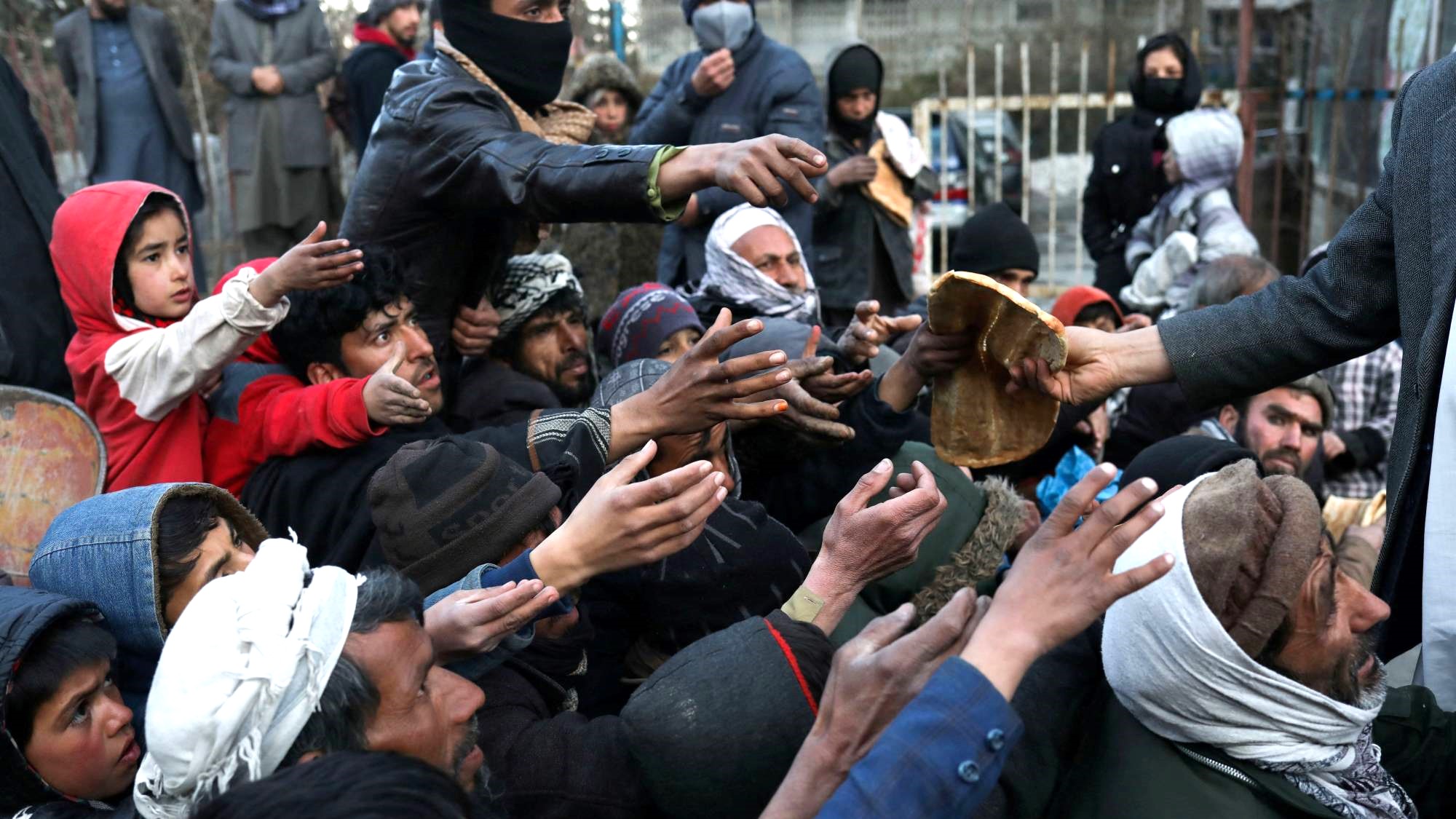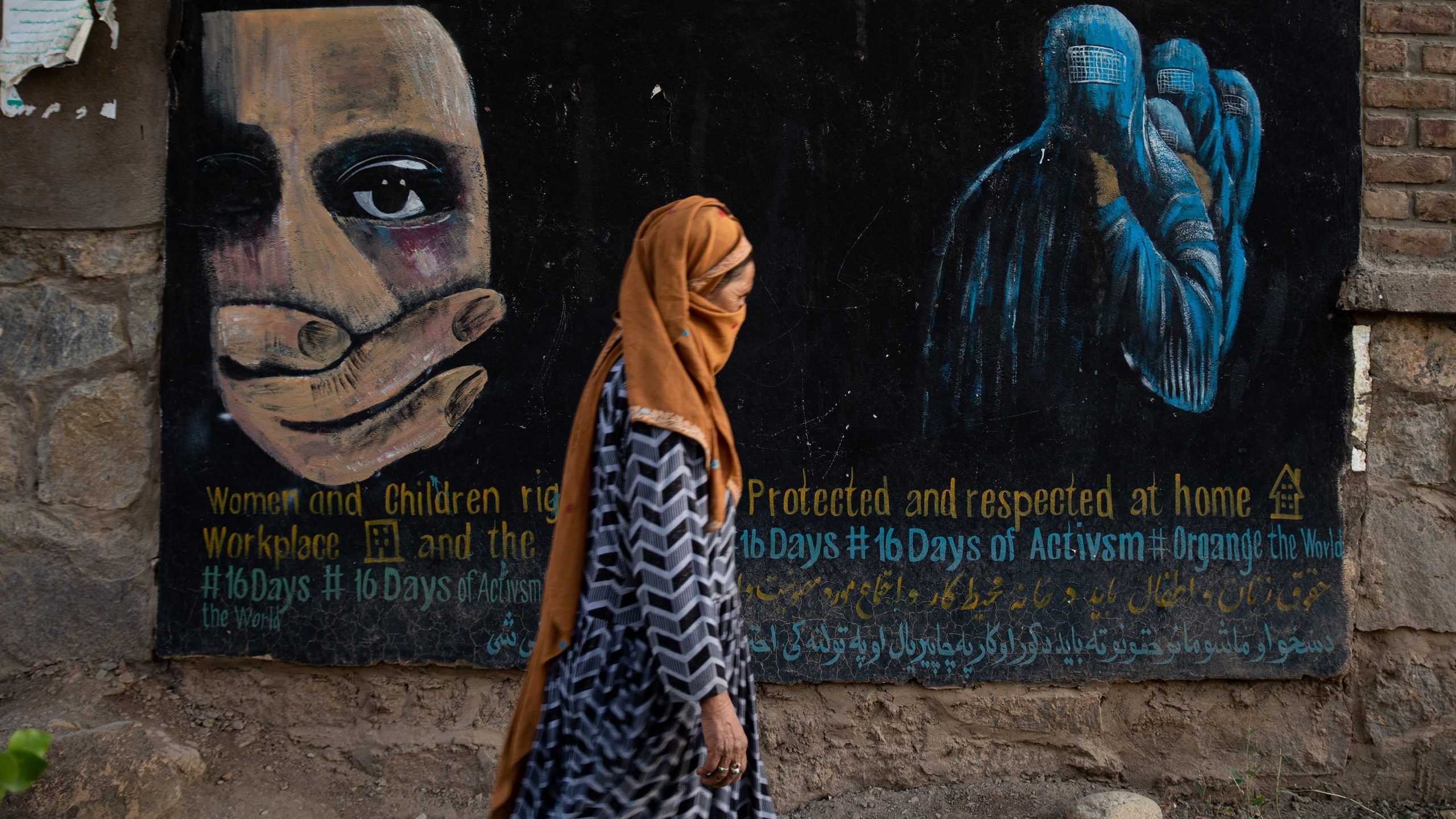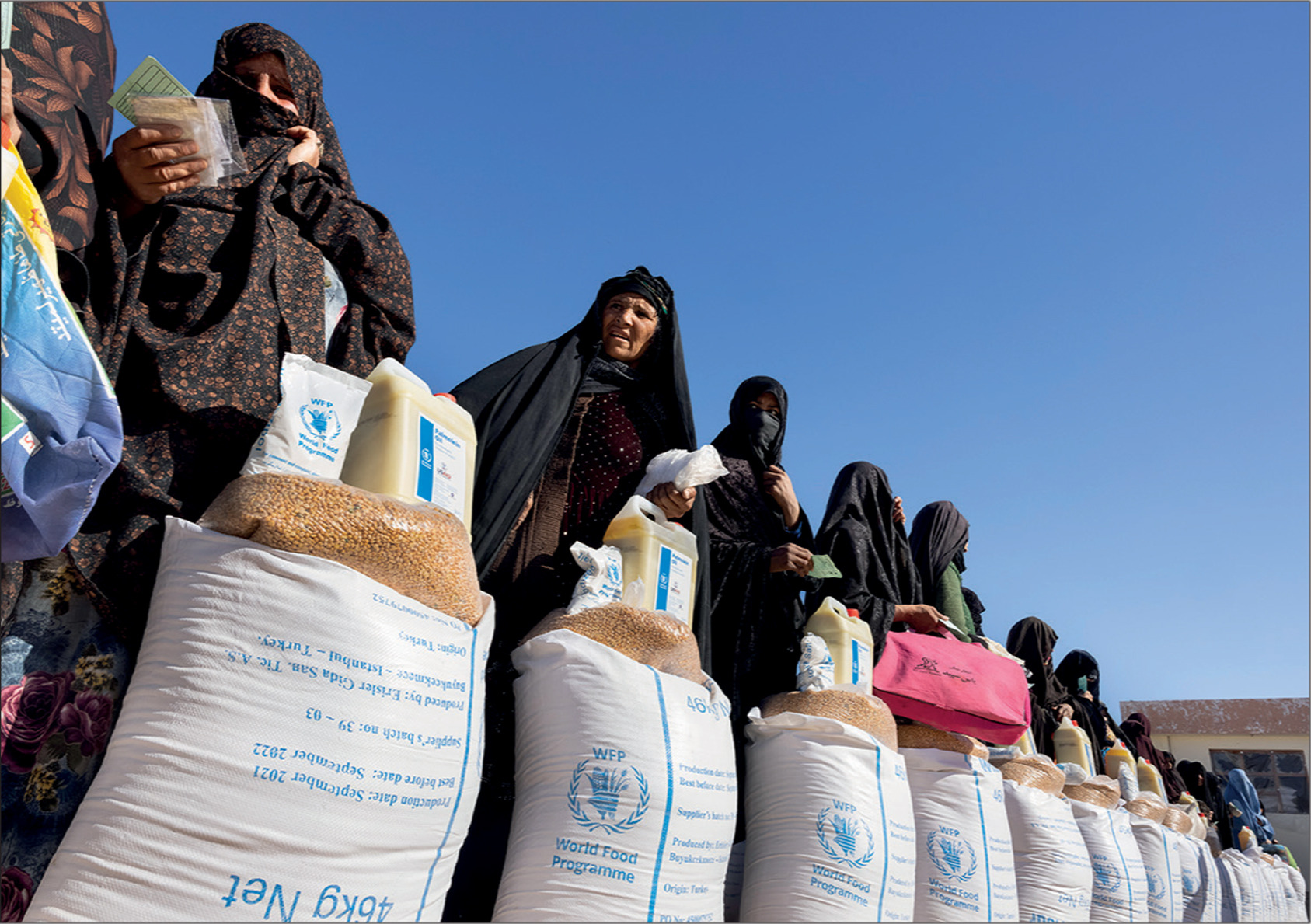Context
The ongoing conflict that has been tearing Afghanistan apart for almost half a century has resulted in widespread suffering and displacement among its more than 41 million people. Since the Taliban militants took over the government in 2021, twenty years after they were ousted from power, the internal conflict has intensified, leading to the loss of life, violations of human rights and deprivation.
The cessation of international aid, a freeze on reserves, and the imposition of sanctions have triggered serious balance of payments and banking crises, further intensifying the economic challenges the country faces. Reports of reprisals, restrictions of liberty, and targeted violence against certain groups highlight the worsening risks and further needs, particularly for women and minorities. The recent political transition and economic downturns have highlighted the urgent necessity for sustained international assistance to address the humanitarian crisis in Afghanistan.
Key humanitarian tragedies
- Over 3.5 million Afghans are internally displaced due to conflict and insecurity.
- Iran and Pakistan host around 7.7 million Afghan refugees, with a significant portion being women and children.
- About 15.8 million people in Afghanistan are experiencing acute food insecurity.
- Over 3.2 million children under five are at risk of acute malnutrition.
- In 2023, 67% of Afghan people lacked access to essential healthcare services.
- More than 3.7 million children are out of school, with significant barriers to girls’ education.
- Women and girls face pervasive gender-based violence, with over 87% experiencing abuse.
- Unemployment rates are at unprecedented levels, contributing to economic hardship.
- Humanitarian organizations face significant funding shortfalls which hamper the delivery of aid.
Food insecurity worsening
Food insecurity in Afghanistan has reached critical levels, driven by a combination of conflict, displacement, economic instability, and environmental challenges. Nearly half of Afghanistan’s population is facing acute food insecurity, representing a 37% increase since April 2021. Rising food prices, disrupted supply chains, and limited access to nutritious food have worsened malnutrition rates, particularly among women and children. This year alone, approximately 2.3 million Afghan children are expected to suffer from acute malnutrition, with over 800,000 pregnant women and breastfeeding mothers also being at risk. The country’s vulnerability to climate-induced emergencies such as droughts, earthquakes, and floods further complicates the humanitarian crisis, affecting displaced populations and straining the available resources. Urgent intervention is required to address these challenges and ensure food security for millions of Afghans as winter approaches.

Afghan refugee crisis
Afghanistan is one of the countries with the biggest displacements in the world, with at least 3.5 million people having been forced to flee from either within the borders of their nation or to neighboring countries due to the ongoing conflict and economic distress. This extensive migration has resulted in a large number of people becoming camp dwellers with a shortage of necessary services such as healthcare and sanitation.
The influx of hundreds of thousands of undocumented Afghans and refugees from neighboring countries has overstretched resources and increased demands for humanitarian aid. Since September 2023, almost 500,000 undocumented Afghans have returned from Pakistan under the government’s deportation policy. According to the projections for 2024, the influx of returnees will continue and about 1.46 million Afghan nationals are expected to return from Pakistan and Iran this year. Despite this, the approach of the de facto authorities towards refugees and asylum seekers remains unclear, potentially undergoing changes depending on political developments.
Human rights violations
The resurgence of the Taliban in Afghanistan has resulted in widespread violations of human rights that are particularly affecting minorities and women. Under the new regime, the right to free speech and peaceful assembly have been severely restricted while reports of extrajudicial killings and torture have emerged.
Reports indicate that women and minorities are facing targeted violence and discrimination under Taliban rule. Women’s rights, including access to education and employment, have been seriously curbed with many being forced into confinement and restricted from public life. The Taliban’s policies have stifled dissent and curtailed civil liberties, leading to a climate of fear and insecurity.
In addition, there are alarming reports of extrajudicial killings and torture with perceived opponents of the Taliban regime being targeted. This climate of repression is undermining efforts to build a peaceful and inclusive society in Afghanistan, worsening the ongoing humanitarian crisis and necessitating urgent international attention and action to protect vulnerable populations.
Children’s rights
Children’s rights in Afghanistan face significant challenges amid the ongoing conflict and insecurity. The education sector has been severely disrupted with schools and universities often closed or operating under precarious conditions which limits children’s access to education and undermines their future prospects. Approximately 1.6 million Afghan children, some as young as six, are engaged in hazardous child labor to support their families which highlights the dire economic situation that many households face. Furthermore, girls’ education has been particularly impacted with many already having been denied the right to learn for extended periods due to COVID-19 and now facing subsequent bans on attending secondary school. These disruptions have profound effects on children’s mental health and perpetuate cycles of poverty.

Women’s voices
Women’s voices in Afghanistan are critical amidst the ongoing crisis, with women advocating for international action to improve their rights. They stress the need for aid to be linked to better conditions for women and for there to be direct dialogue opportunities with the Taliban. Afghan women and girls are disproportionately affected by the crisis and they face increased risks of gender-based violence, limited access to essential services, and economic marginalization.
These obstacles worsen existing gender disparities and economic hardship leading to the need for sustained support from national and international organizations to uphold women’s rights and well-being amid the ongoing challenges. Efforts must prioritize the protection and empowerment of women and girls with their specific needs being addressed within humanitarian responses and their rights advocated for in the face of adversity.
An assessment by Richard Bennett, the UN Special Rapporteur on the Violation of Women’s Rights, highlights that women and girls are encountering severe restrictions leading to their exclusion from public life. The Taliban’s implementation of stringent dress codes and a ban on education and employment for women beyond the sixth grade significantly impedes their rights and limits their opportunities for participation and advancement.
Humanitarian needs
The humanitarian needs in Afghanistan encompass food insecurity, malnutrition, and a range of other pressing challenges. The World Food Programme (WFP) predicts that approximately 15.8 million people faced acute food insecurity between November 2023 and March 2024, with 3.6 million people being classified in IPC Phase 4 (Emergency). Furthermore, about 4 million people, including 3.2 million children under 5, are acutely malnourished, underscoring the need for urgent nutritional interventions. Overall, an estimated 23.7 million people in Afghanistan will require humanitarian assistance in 2024.
However, the humanitarian response faces significant funding constraints. The WFP has been forced to cut rations to at least four million people due to a lack of funds, highlighting the critical need for sustained support. With nearly 20 million Afghans unsure of where their next meal will come from and millions on the brink of famine, urgent action is required from the international community to avert a humanitarian catastrophe. The situation is being compounded by factors such as climate change, political insecurities, economic instability, and epidemics which are further intensifying the humanitarian crisis. Without sufficient support and resources, the humanitarian response in Afghanistan risks falling short, leaving millions of Afghans without access to essential food, water, healthcare, and other critical services.

Humanitarian response
The humanitarian crisis in Afghanistan is affecting millions of people across the country and key international organizations, including the WFP, the Food and Agriculture Organization (FAO), and the United Nations Development Programme (UNDP), are playing a critical role in providing life-saving assistance and addressing urgent needs.
With the WFP facing significant funding shortfalls, it urgently requires $1 billion to sustain its operations and reach vulnerable populations. The FAO continues to support rural livelihoods and agriculture and reached over 10 million farmers with vital agricultural support last year. The UNDP focuses on supporting Afghanistan’s recovery through microfinance initiatives, climate projects, and women-led businesses with the aim of revitalizing local economies and empowering female entrepreneurs. In addition, the World Health Organization (WHO) is advocating for integrated health responses, stressing the importance of protecting women’s and children’s health amid the crisis.
The interventions of the international community and donor nations are vital to avoid catastrophic outcomes such as widespread hunger, malnutrition, and economic collapse in Afghanistan. Uninterrupted aid is crucial to address urgent humanitarian needs and promote long-term stability and resilience for the affected populations. Despite the difficulties, joint international efforts may significantly reduce the agony that millions of Afghans endure and pave the way for a more secure future for the country.

